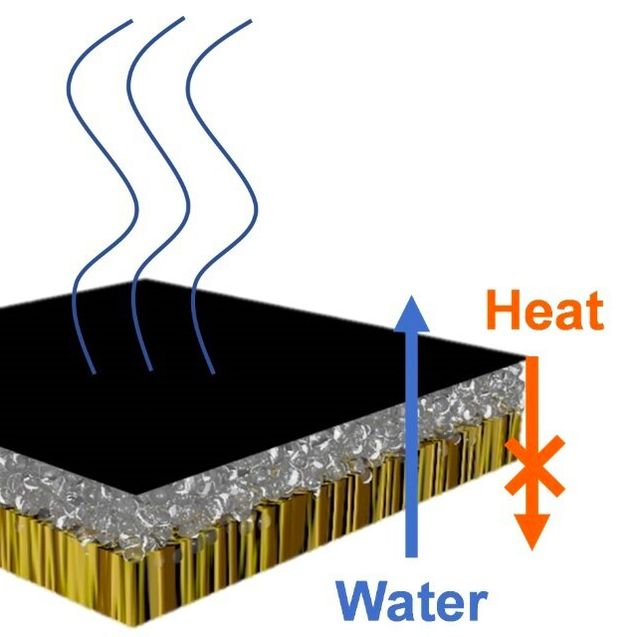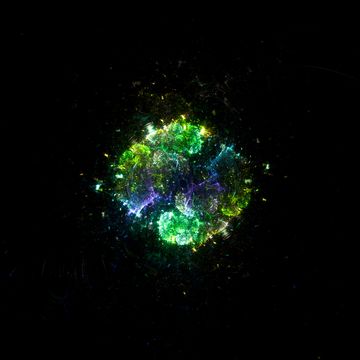- Researchers in China have made a more efficient solar steam generator using nanomaterials.
- They combined wood, natural bacteria, and carbon nanotubes to make a filtration surface.
- The materials naturally grow together into a cohesive structure that performs efficiently.
Could a solar-powered generator made from wood and bacteria help bring clean water to the world? Researchers in China have developed a prototype they say improves the concept of a solar steam generator, making it more efficient and feasible by boosting each of its components.
“To design better solar steam generators, researchers must find ways to improve light absorption, heat management, water transport and evaporation,” the American Chemical Society (ACS) said in a statement. “Shu-Hong Yu and colleagues at the University of Science and Technology of China wanted to combine all four improvements in a single device.”
The generator they’ve designed is a marvel of intersecting nanotechnology. First, the structure is built from wood. The surface is seeded with bacteria that begin to ferment the surface cellulose into nanofibers.
Then, the researchers spray on glass microbubbles that bond with the cellulose to form a gel structure. Finally, the entire surface is frosted with carbon nanotubes.
What results is a layered material that draws water up through the wood and cellulose and into the realm of the nanotubes, where sunlight warms the water and evaporates it as steam. Contaminants remain below, and steam gathers into clean condensation at the top of the device. And the layer of insulating glass microbubbles keeps heat insulated inside the chamber where the steam reaction takes place.
There’s a simple reason this design is so successful in reducing friction points found in other solar steam generator concepts. As the researchers explain in their paper:
“Our [hierarchal solar steam generator] integrates solar-to-vapor efficiency improvement and vaporization enthalpy reduction by integrating the hierarchical multifunctional BC nanocomposites with the natural porous structure of wood.”
This means they’ve used a combination of materials that naturally fold together, fit well, and form a natural surface ideal for this work. Because of that, the resulting generator has higher rates of evaporation and overall energy efficiency than existing solar steam generator designs.
This promising work could lead to further developments with other materials, too. Carbon nanotubes have been the subject of research across what seems like all sciences, but with water in particular, they’ve shown promise in multiple different kinds of filtration and energy generation. In this case, their structure draws water upward, where their properties and makeup then help to concentrate solar energy.
The advantages of a solar generator like this are myriad. Lack of access to clean water often comes with lack of access to traditional energy sources. If someone who must fill buckets from a well each day can then pour water into a non-powered filtration system, that piece of equipment can sit anywhere there’s sunshine.
But this concept can only work if the energy generation is efficient enough to be worthwhile, and testing new nanomaterials and composites is an important part of reaching that goal.

Caroline Delbert is a writer, avid reader, and contributing editor at Pop Mech. She's also an enthusiast of just about everything. Her favorite topics include nuclear energy, cosmology, math of everyday things, and the philosophy of it all.













